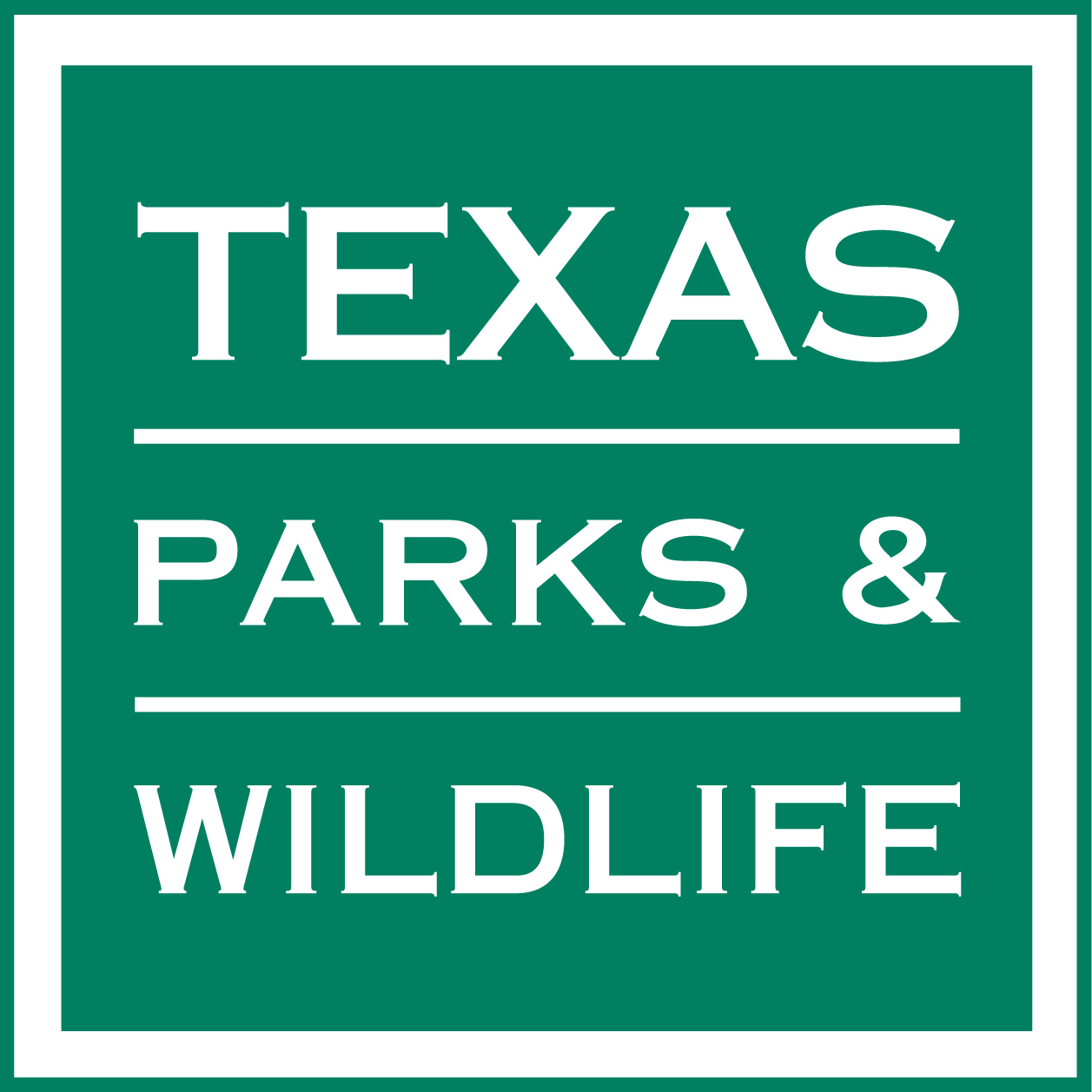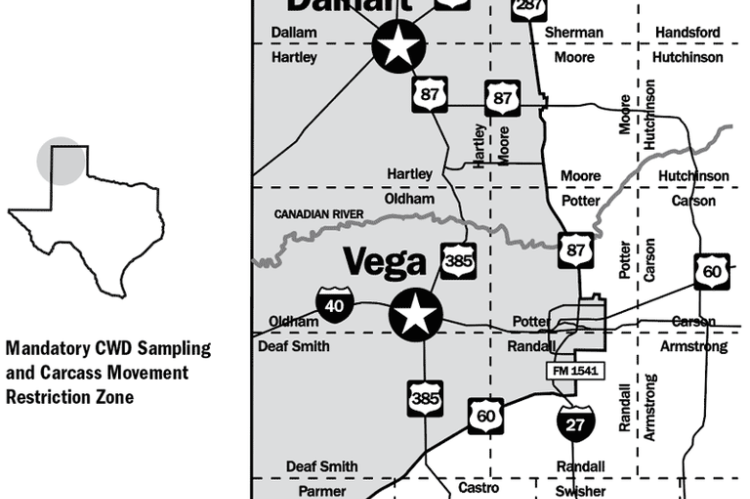Chronic Wasting Disease is a real threat to Texas deer
TPWD Launches New Public Awareness Campaign to Help Protect Texas Deer from Fatal Disease

AUSTIN — This year, hunters in Texas will notice an increase in messaging about Chronic Wasting Disease (CWD) and its impacts to the state as the Texas Parks and Wildlife Department (TPWD) launches a new public awareness campaign.
The campaign aims to share information with hunters and the public about how they can help protect Texas deer and stop the spread of this deadly disease.
“Many have asked, ‘What is CWD?’” said TPWD Wildlife Division Director John Silovsky. “Our goal is to create a greater awareness of the presence and consequences of CWD on the Texas landscape.”
CWD is a highly transmissible, fatal neurological disease that effects species of cervids (members of the deer family), including white-tailed and mule deer. As the disease continues to spread through the native deer population, TPWD hopes Texans will be ever more vigilant. Proper carcass disposal and CWD testing for each harvest are the greatest contributions a hunter can make to prevent further spread of the disease and assist with necessary surveillance across the state.
“CWD isn’t a disease where people can afford to stick their heads in the sand,” said TPWD Big Game Program Director Alan Cain. “The outreach effort is meant to generate discussion, educate folks about the disease, current CWD regulations, and what we can do to manage the disease. We have an obligation to current and future generations of Texans to be good stewards our native deer species.”
A recent study from the Texas A&M Natural Resources Institute estimated that Texas hunters and landowners spend $4.3 billion a year in their pursuit of Texas white-tailed deer. The significance of CWD’s impact on Texas deer may not be recognized this hunting season or even the next. Left unmanaged or uncontained, the hunting heritage we cherish and opportunities for future generations could forever be diminished by CWD.
“Texans are still learning about CWD, but we know they love their state and its wildlife,” said Deputy Communications Director Cory Chandler. “This campaign will call on hunters, landowners and the public’s appreciation for Texas deer to build awareness about CWD, reinforce TPWD as a reliable resource, and build hunter participation in testing and proper carcass disposal.”
Over the next few months, when you see a CWD billboard or a sign when pumping gas, visit the TPWD website and learn how you can help. The message is clear: CWD is 100 percent fatal. We can all do our part to stop the spread to Texas’ native deer population.
The campaign will drive people to a redesigned CWD webpage. The updated page now features easily accessible maps of surveillance zones, check station locations, information about testing requirements and access to hunter harvest test results.
Signs of CWD
A sick deer can have and spread CWD even if it looks healthy. Signs of late-stage CWD:
•loss of coordination
•droopy head or ears
•lack of fear of humans
•excessive drooling, and
•dramatic weight loss
CWD cannot be diagnosed by symptoms alone since other conditions can cause the animal to display similar behaviors. CWD can be confirmed only through testing.
How to Report
Report suspected deer to a local game warden or biologist. Be ready to provide the exact location. Do not contact, disturb, kill or remove the animal without permission from TPWD.
MORE INFORMATION
https://tpwd.texas.gov/warden/game-warden-list.phtml.
https://tpwd.texas.gov/regulations/outdoor-annual/hunting/cwd/panhandle-check-stations


